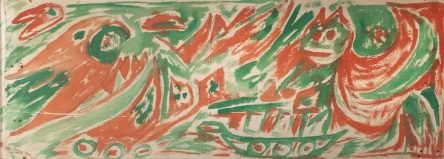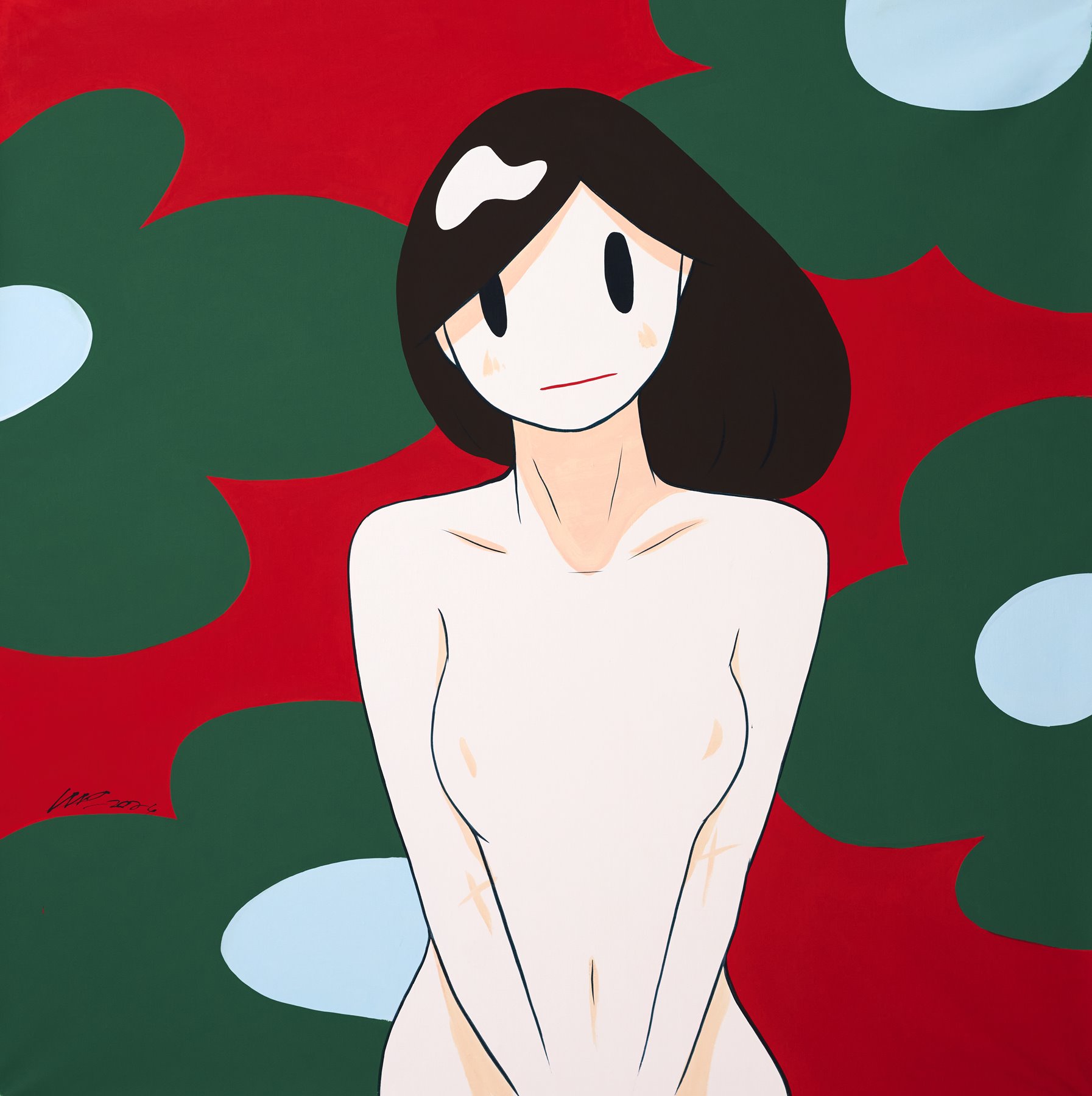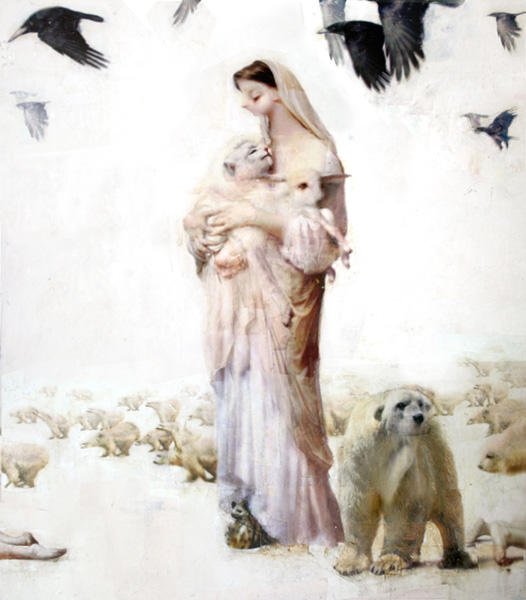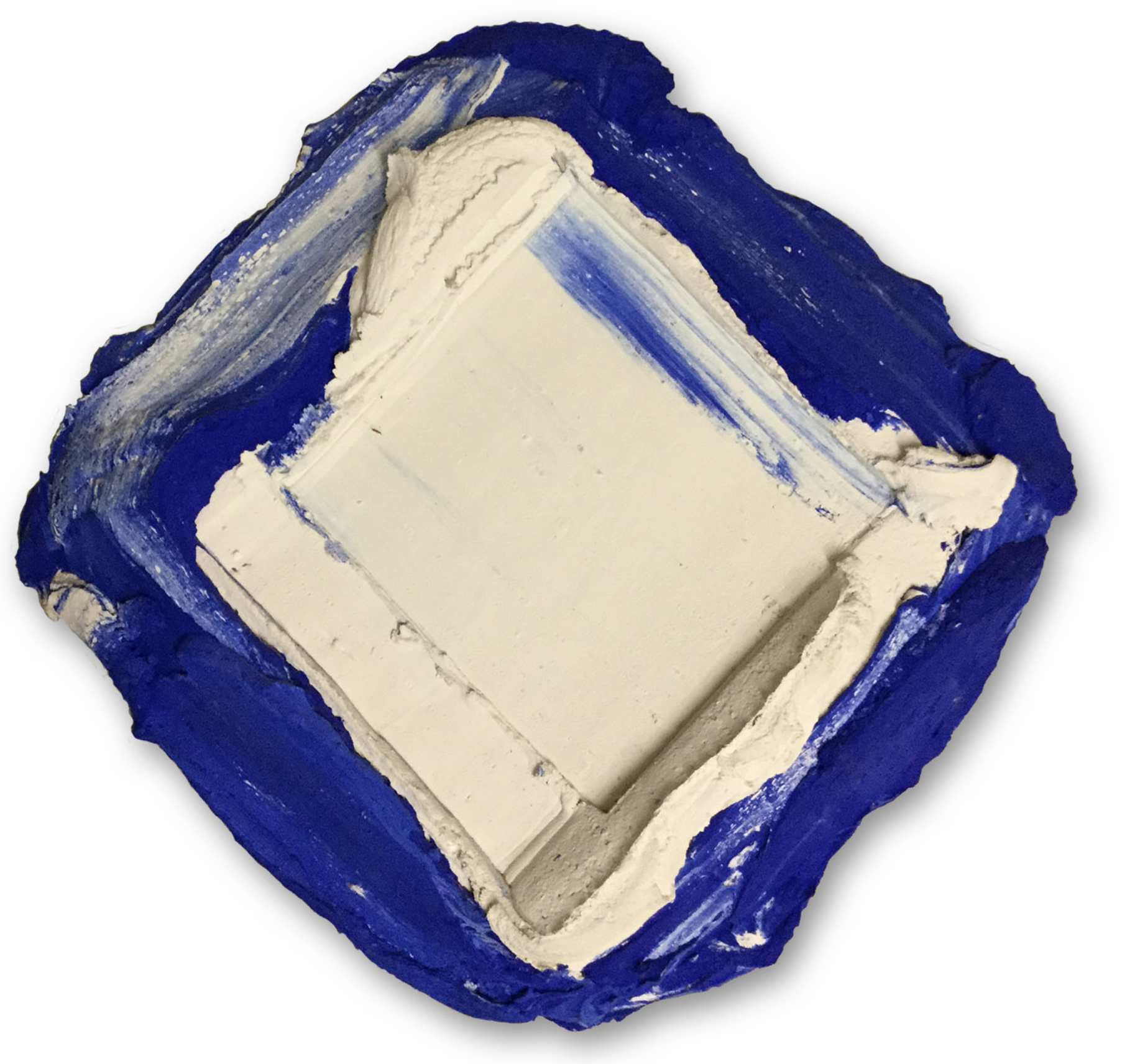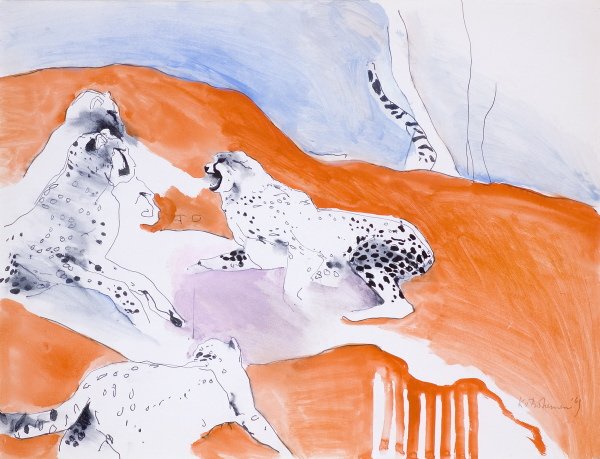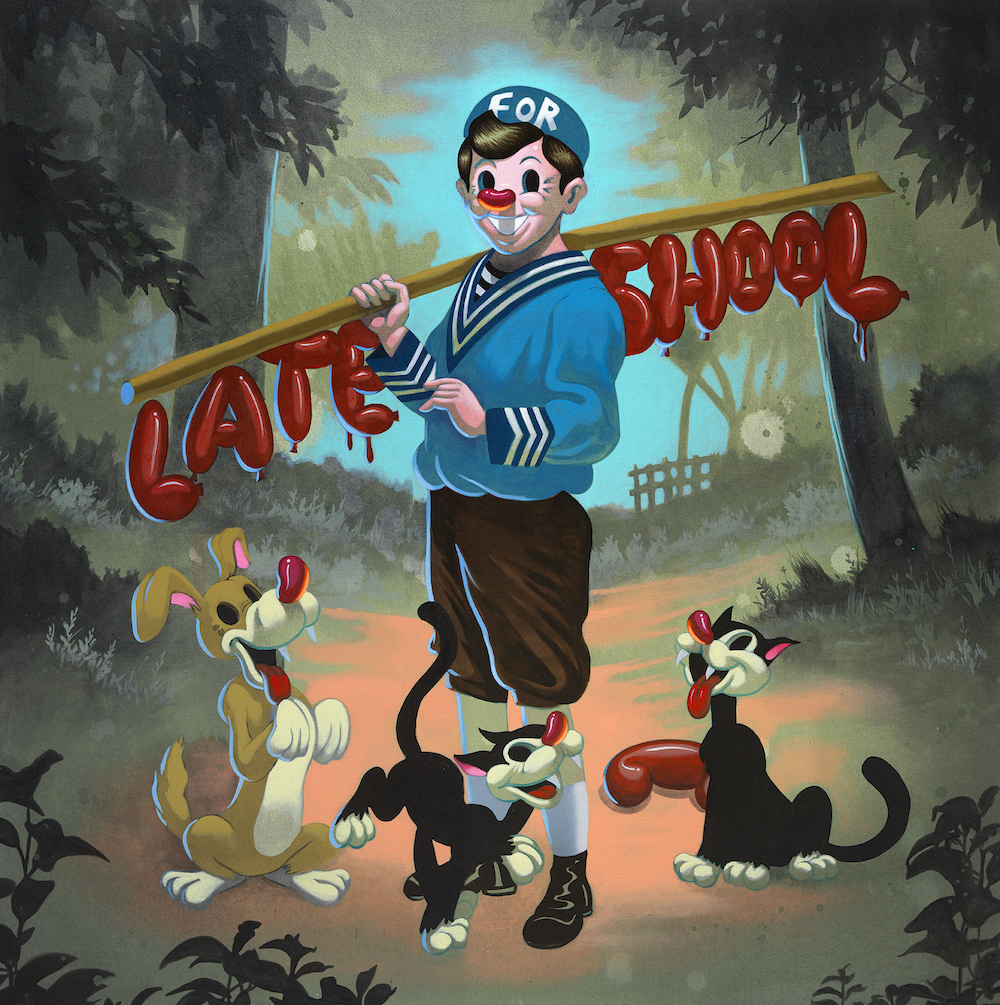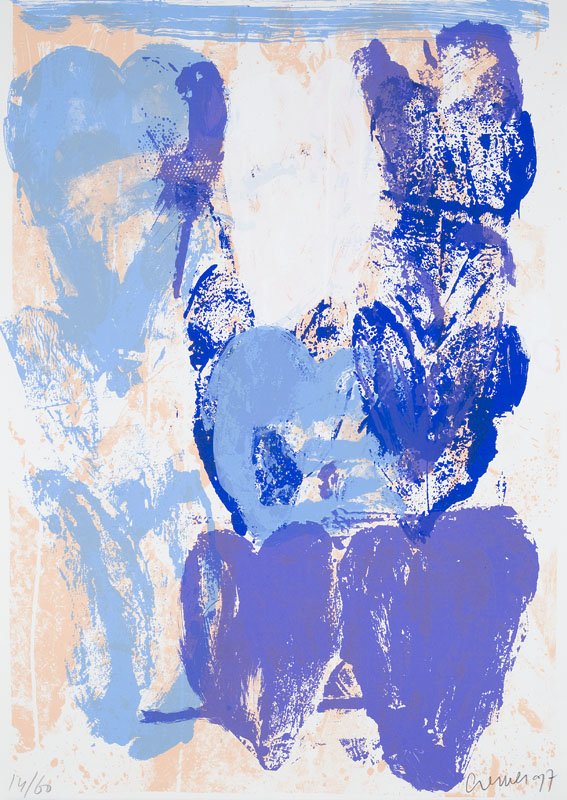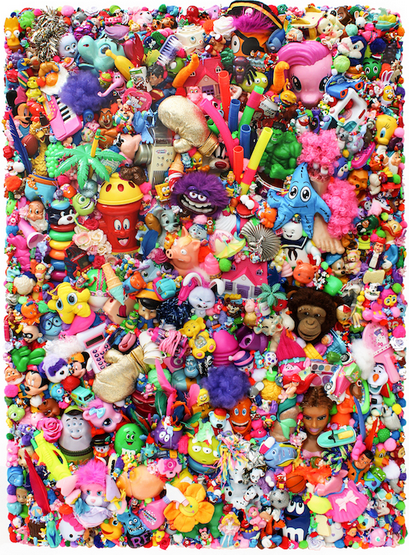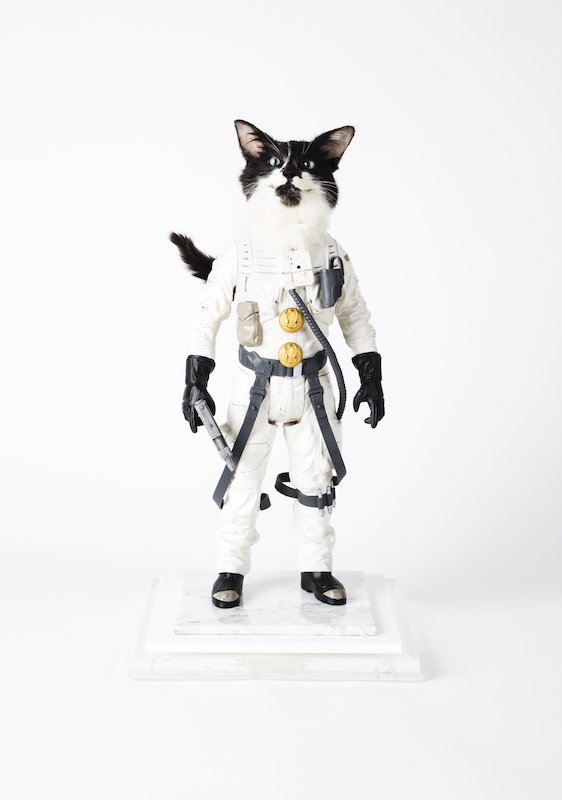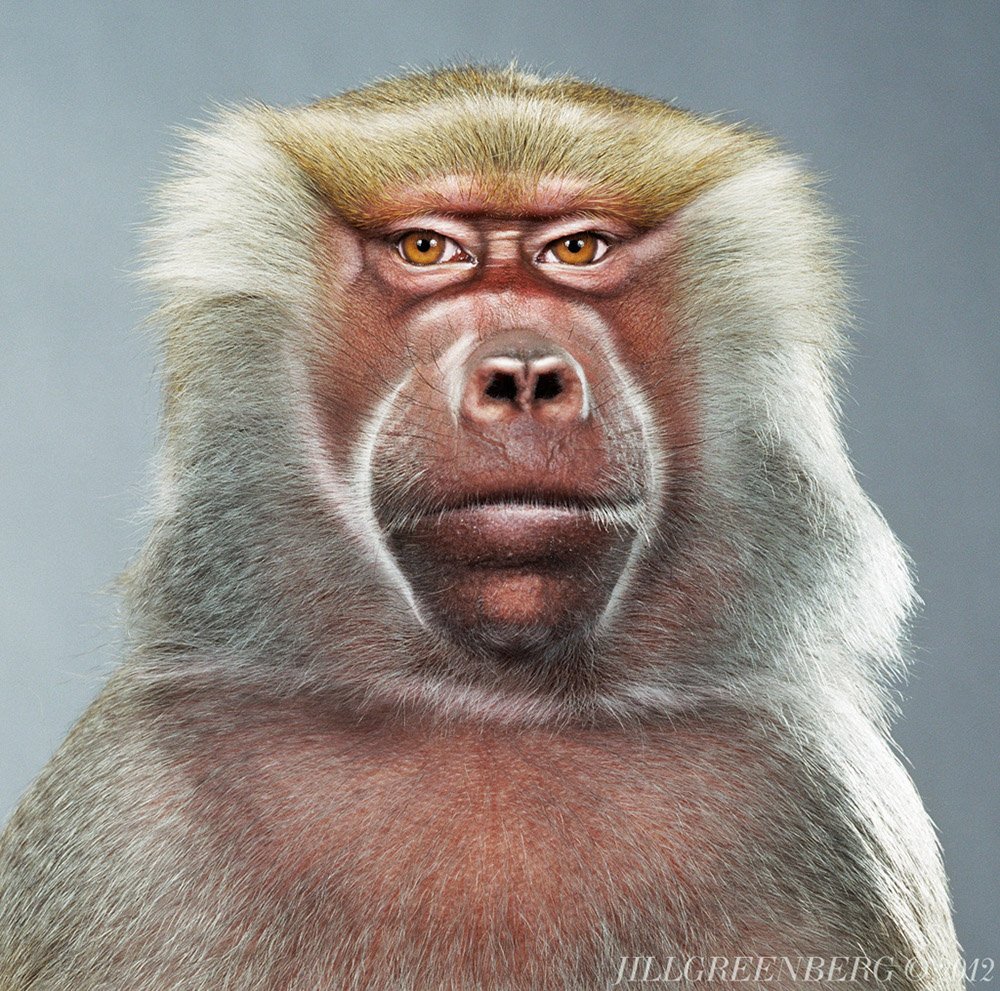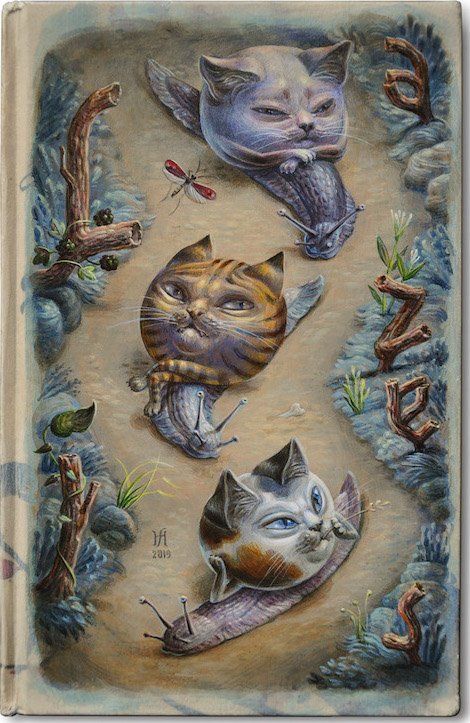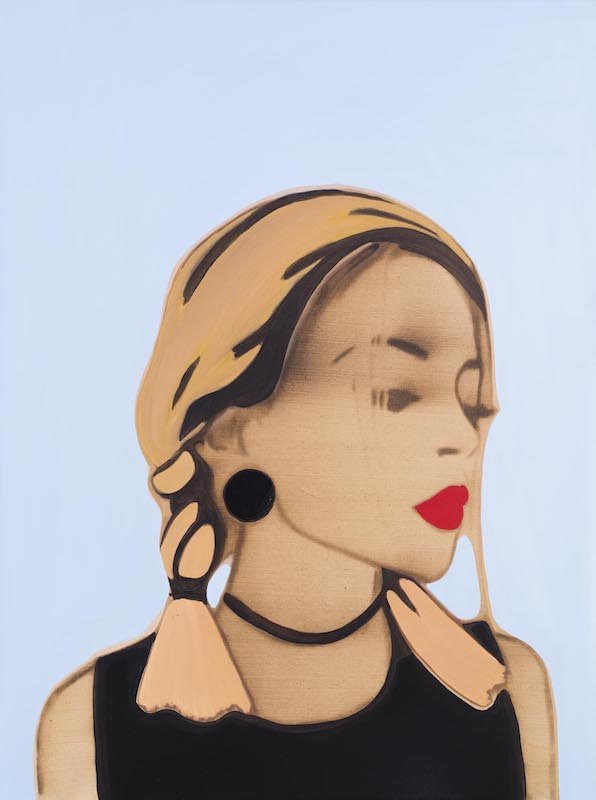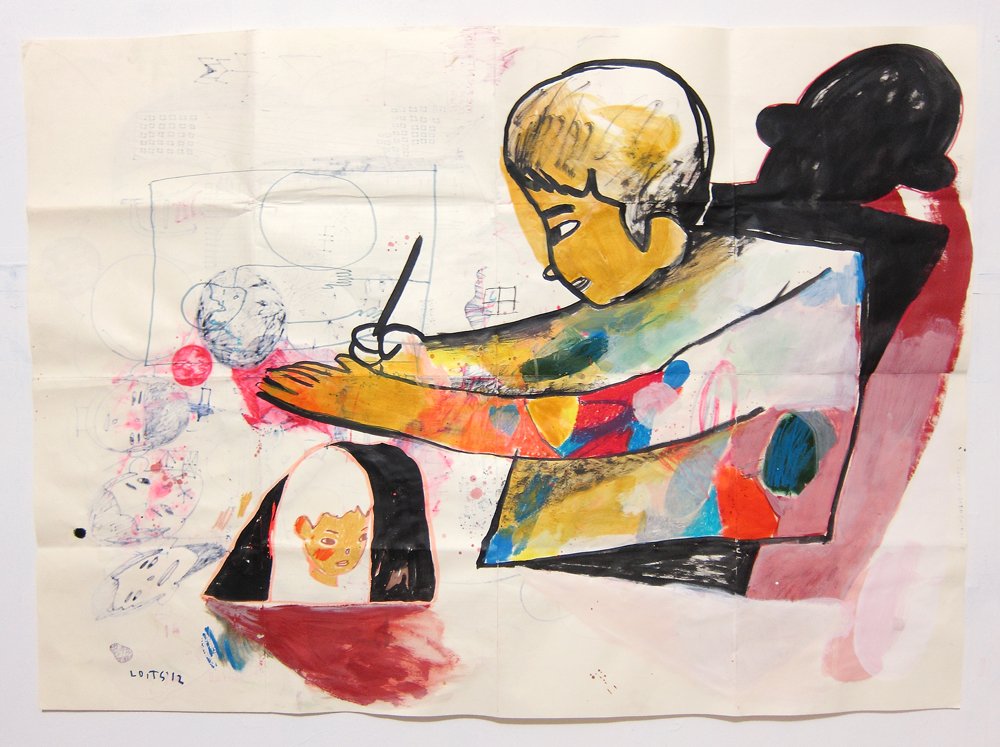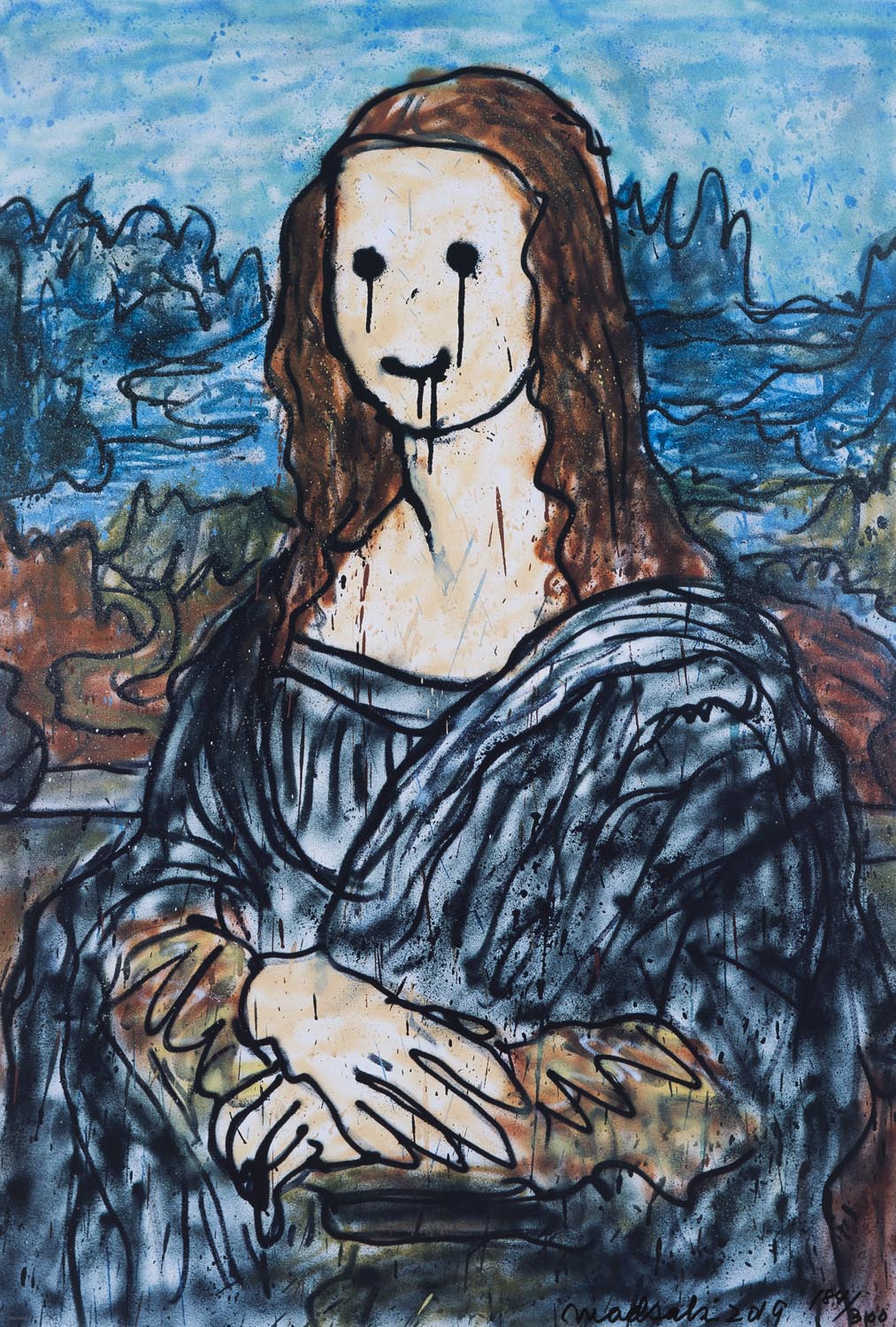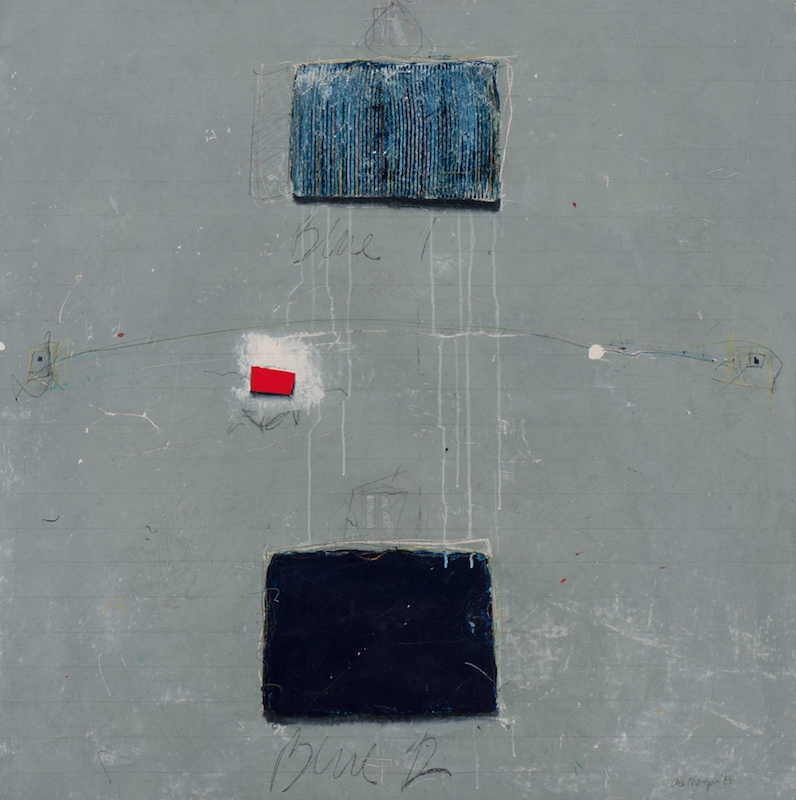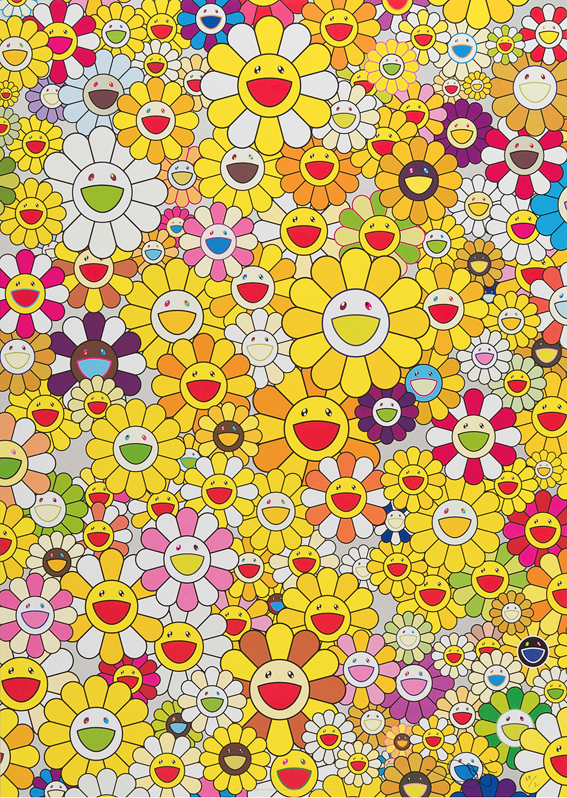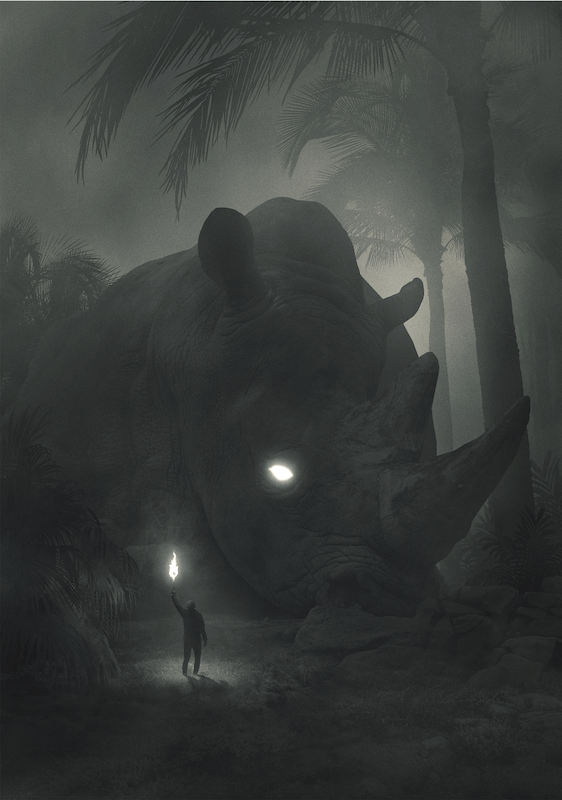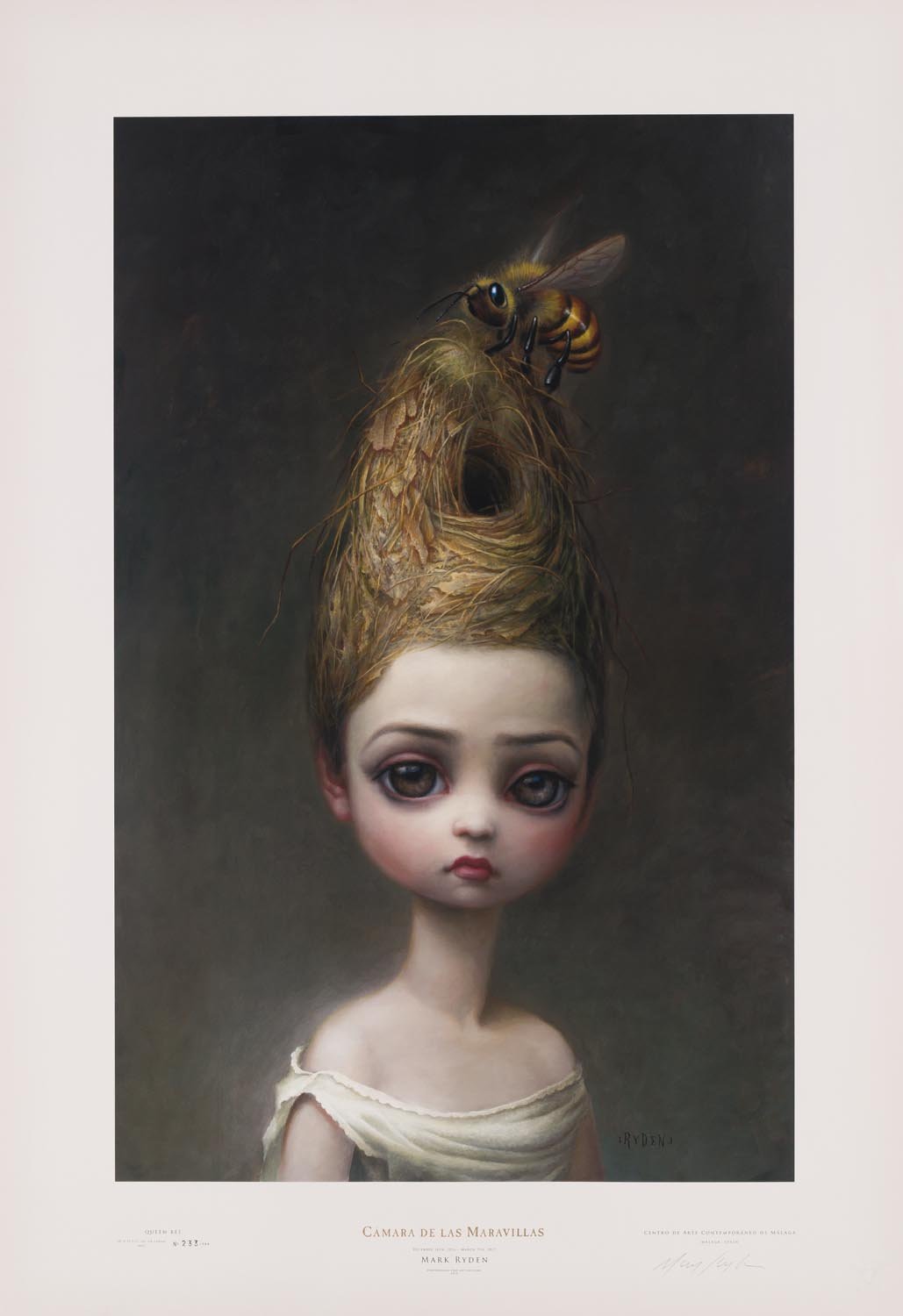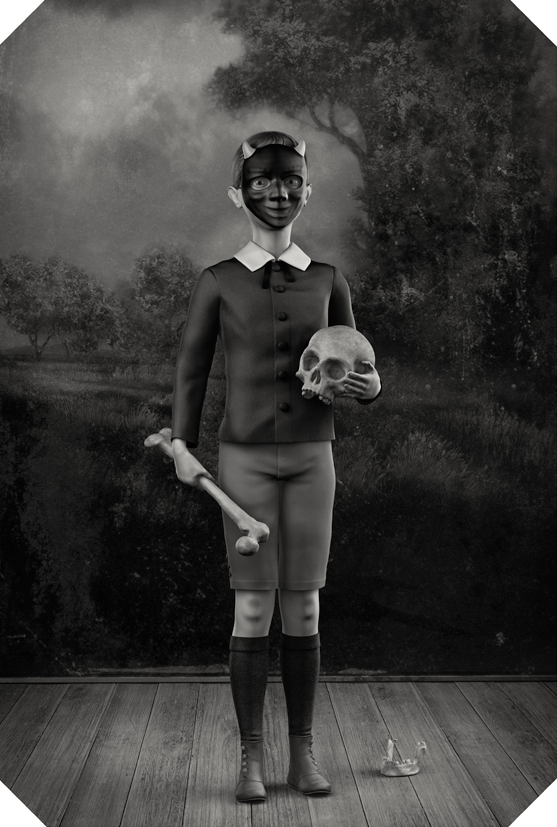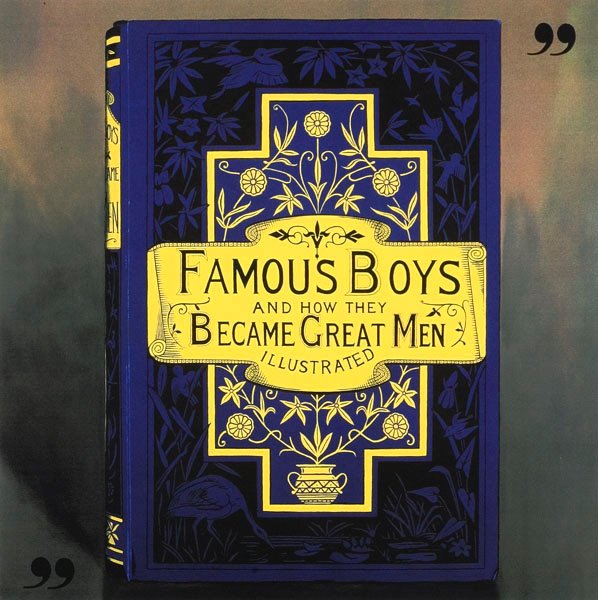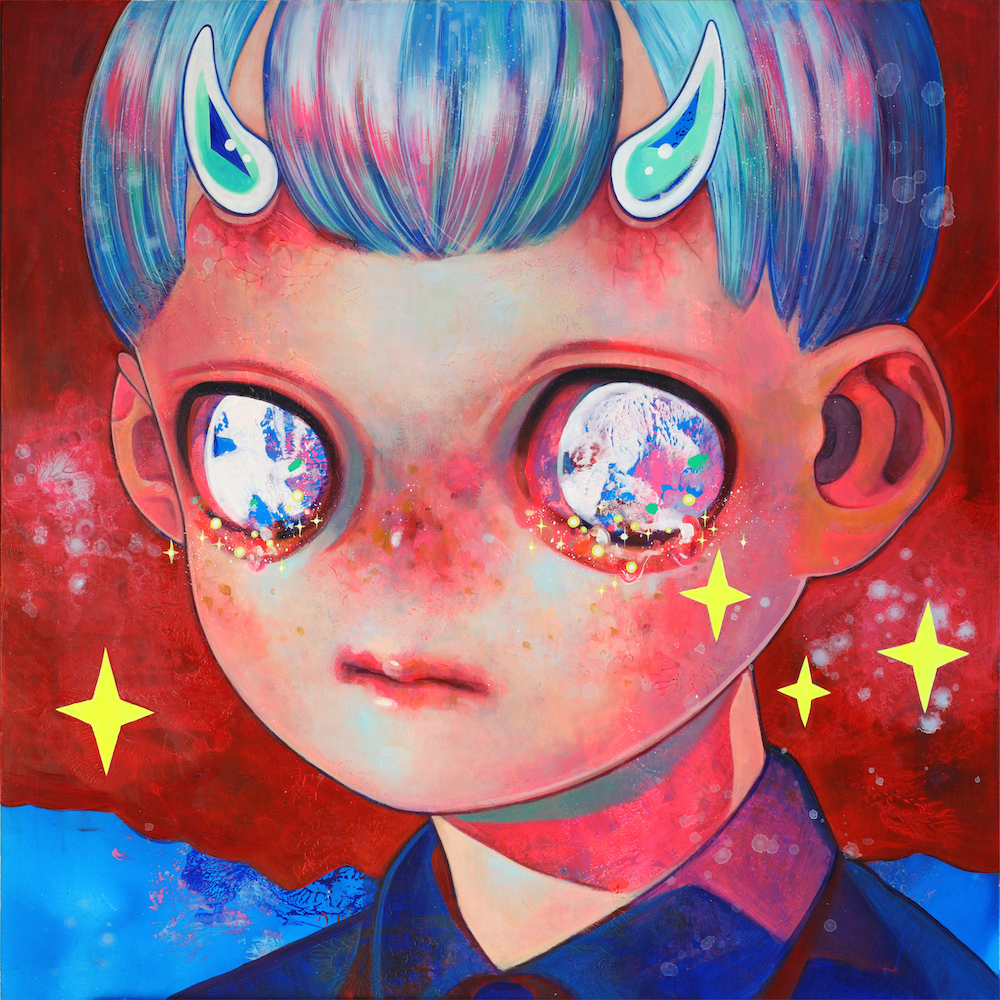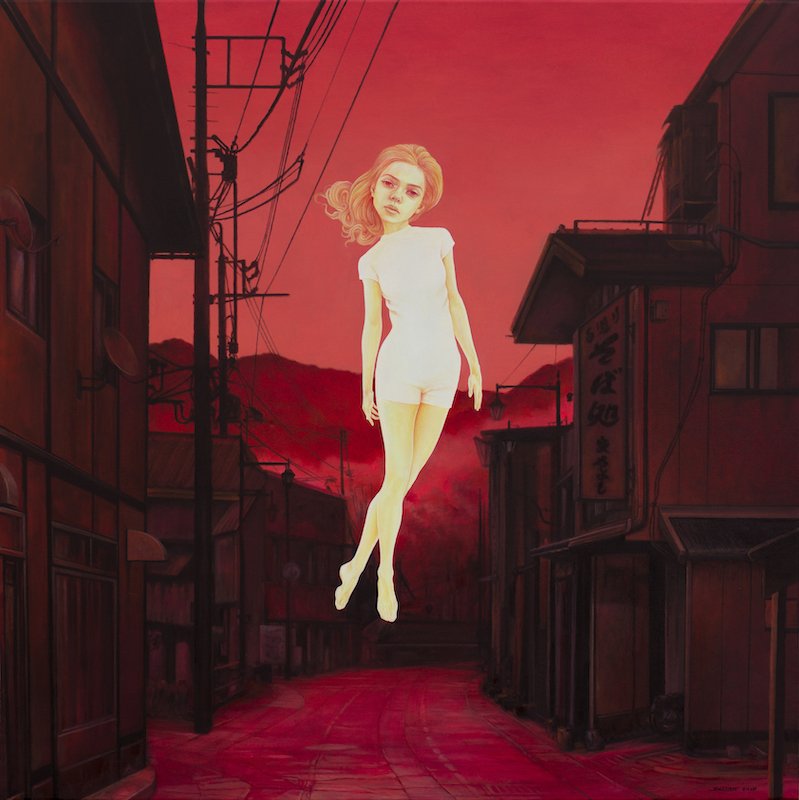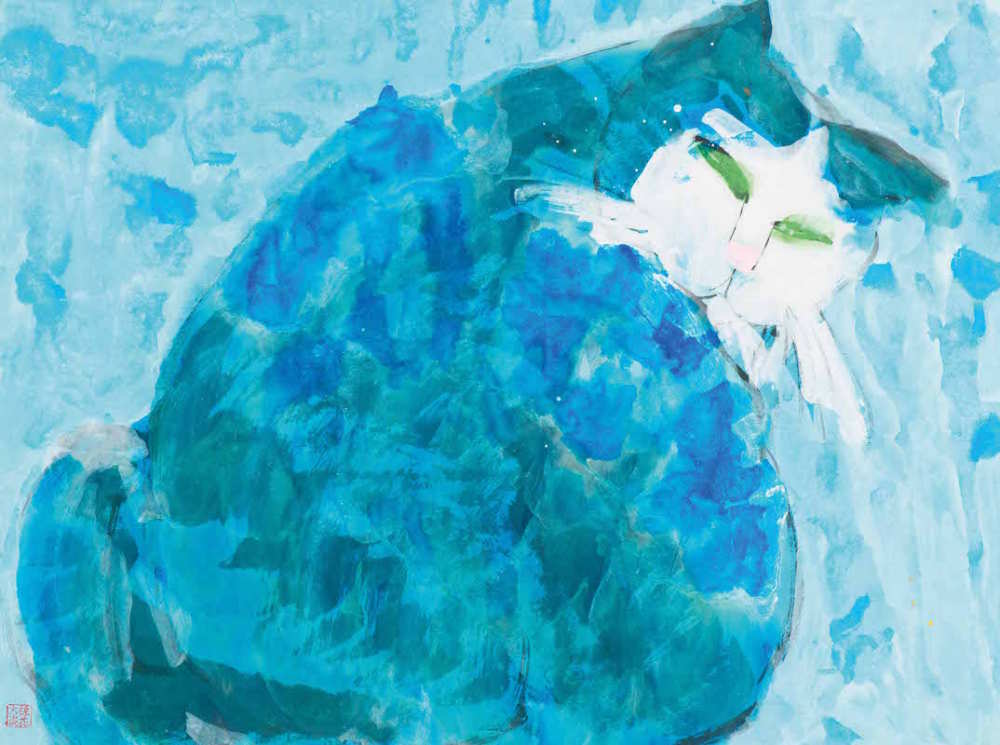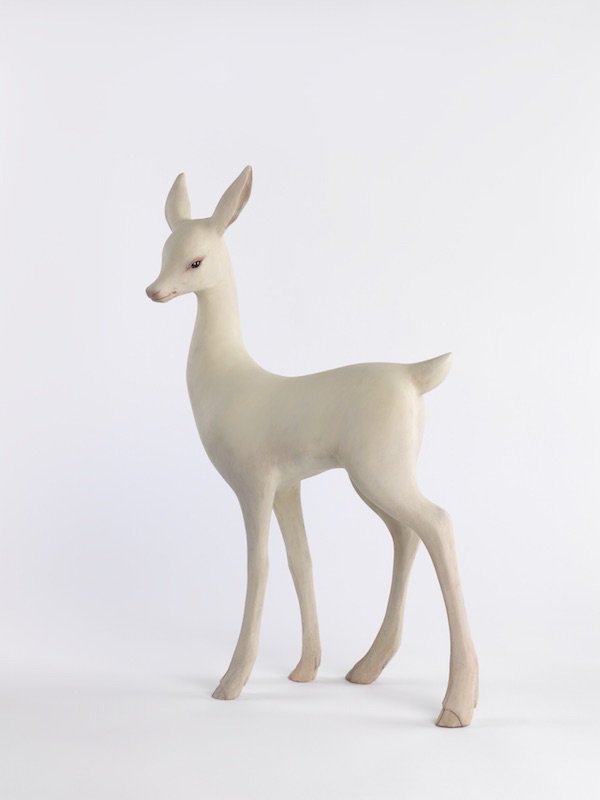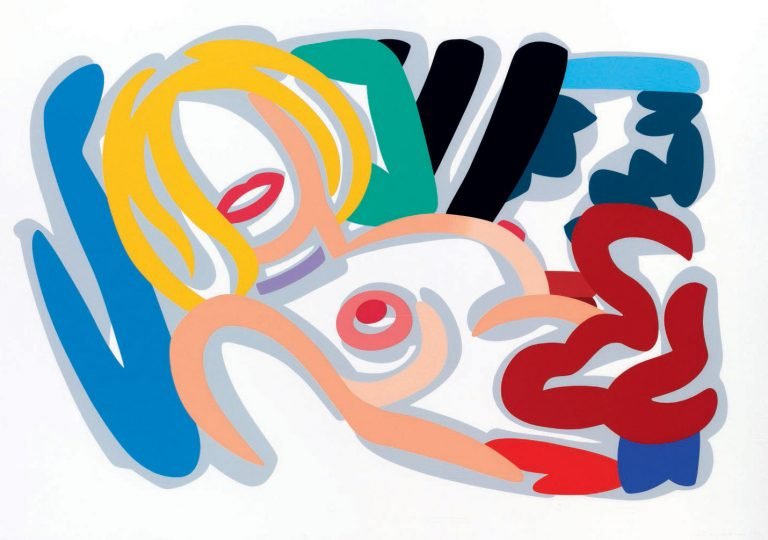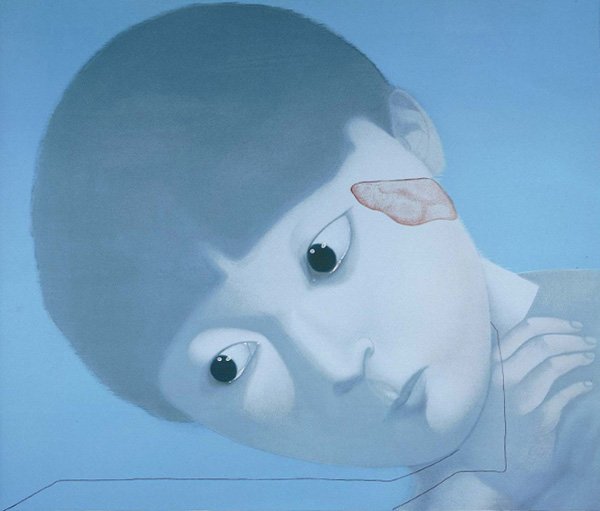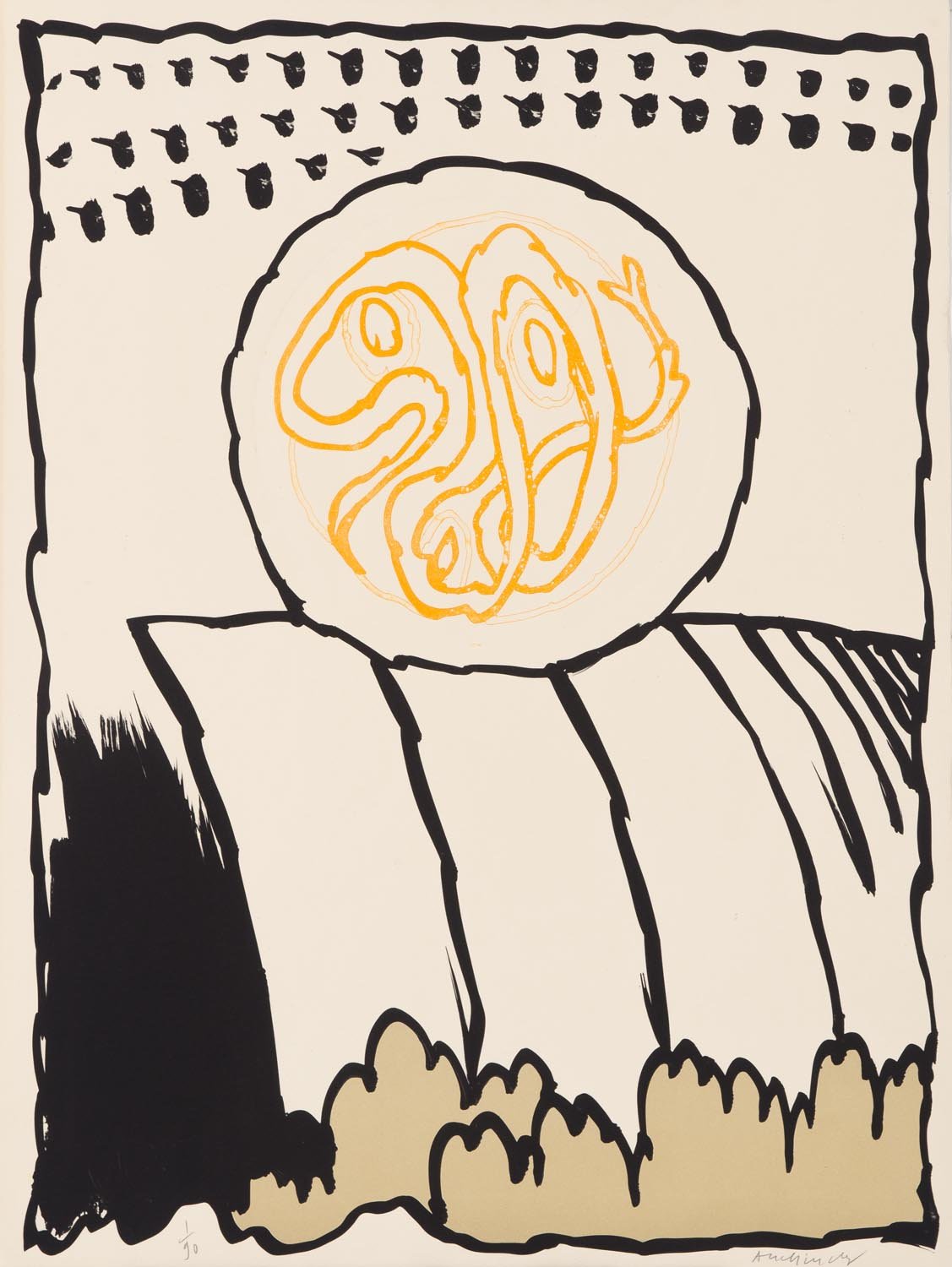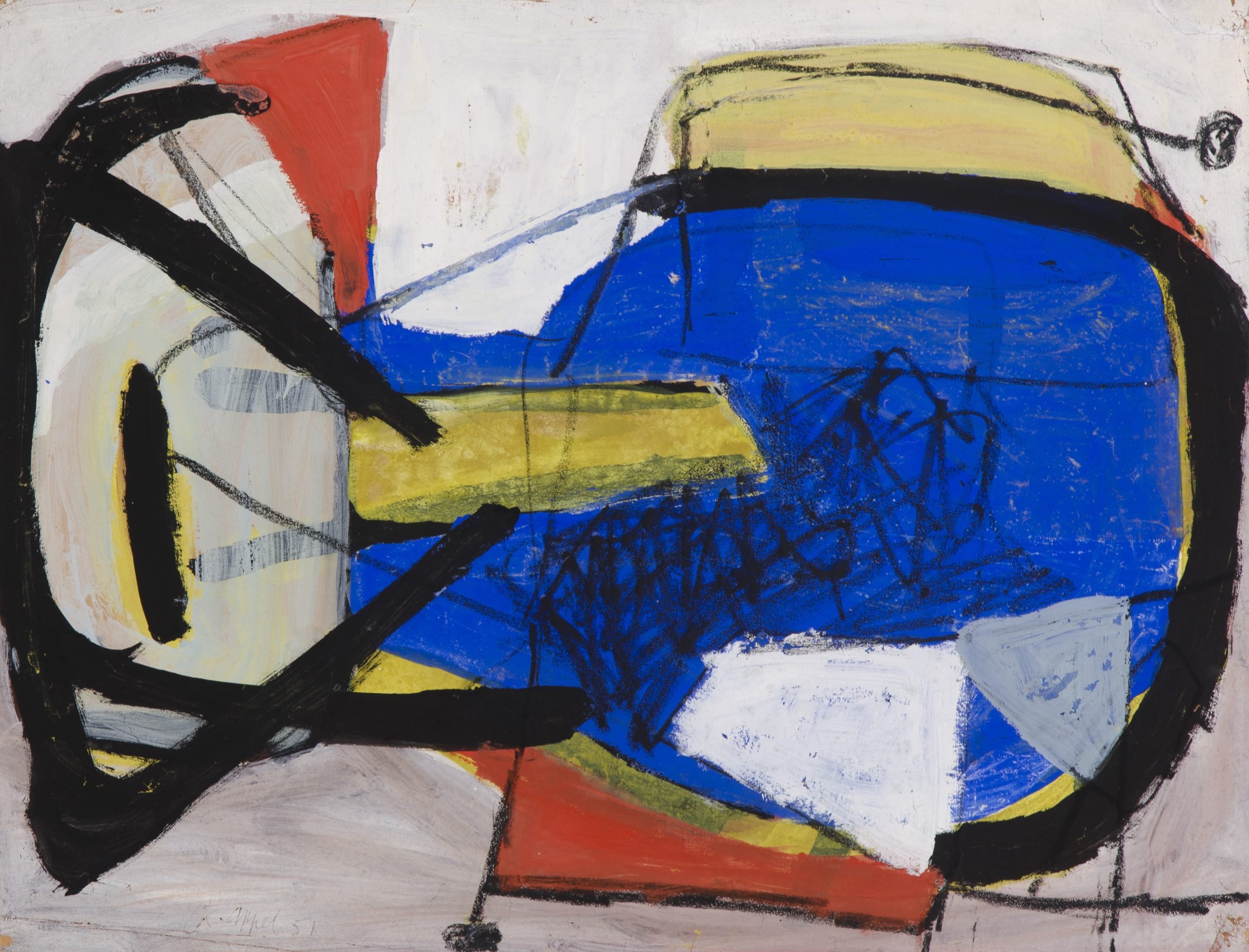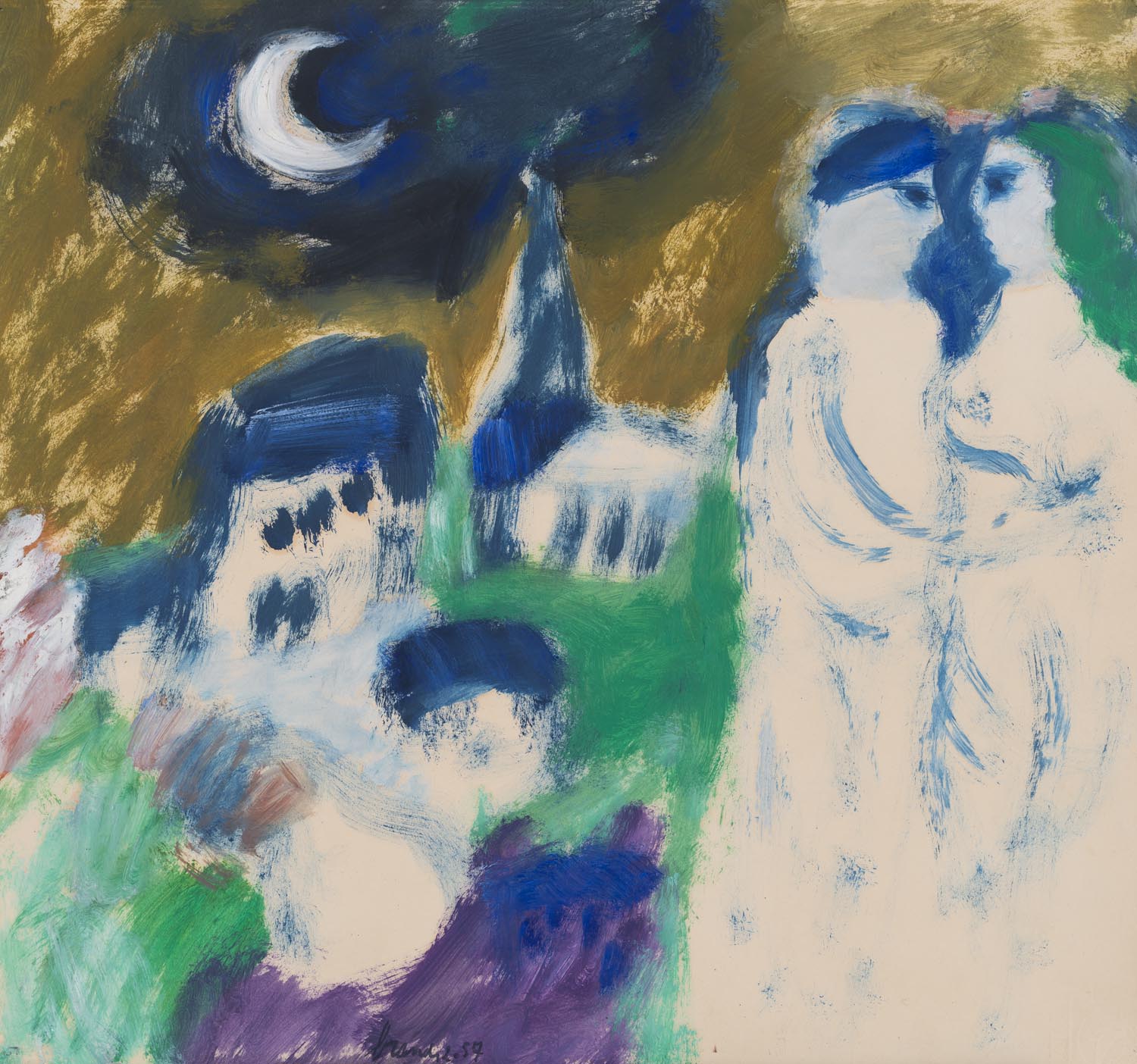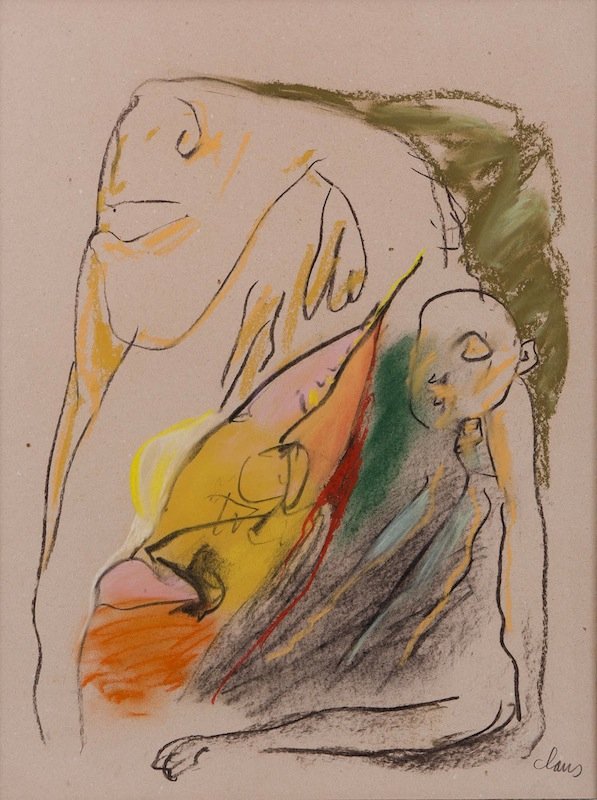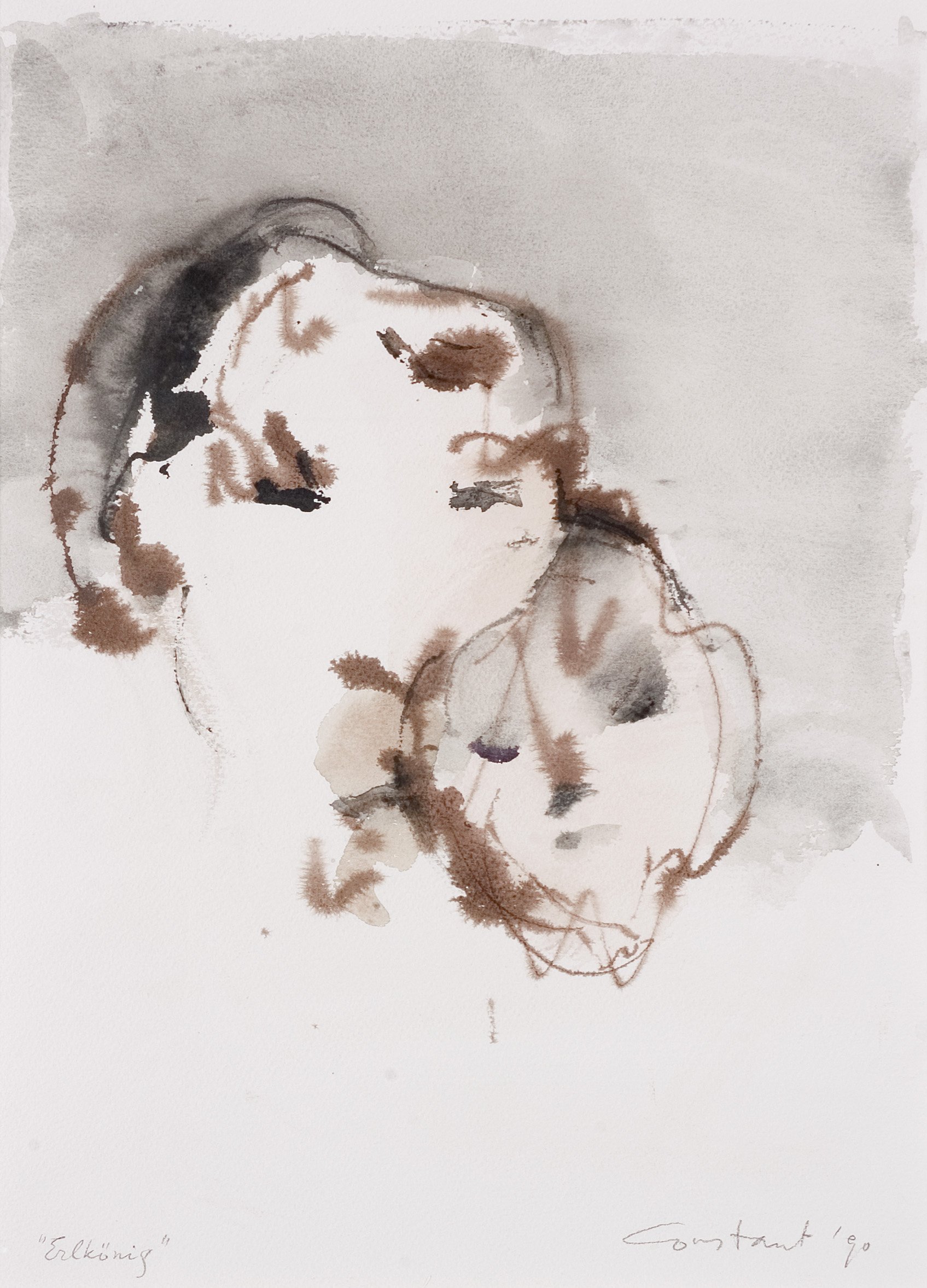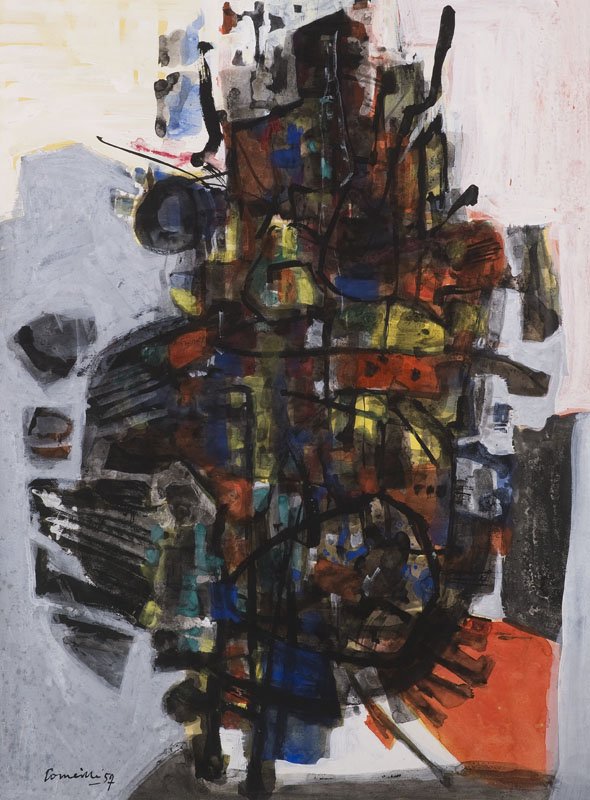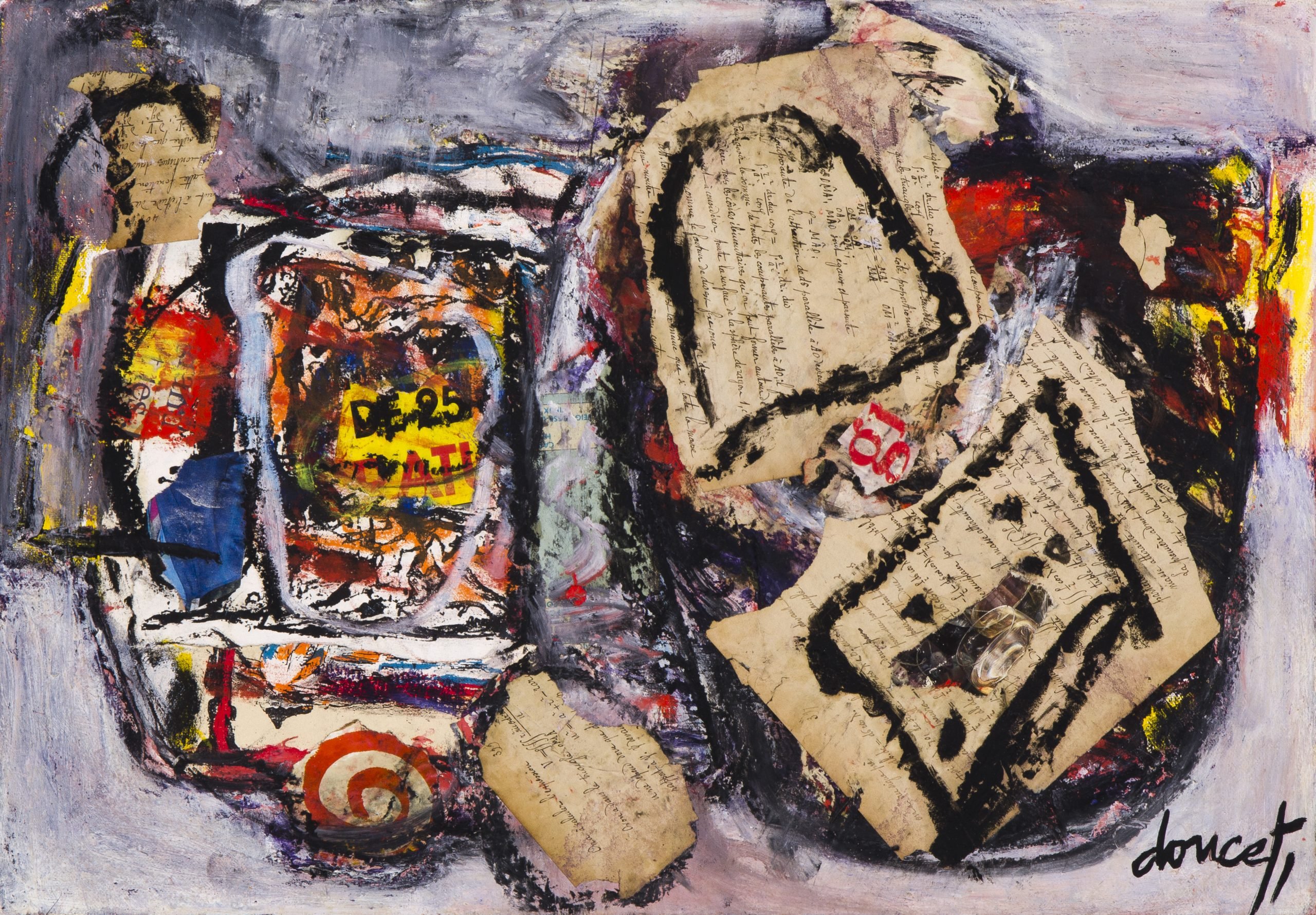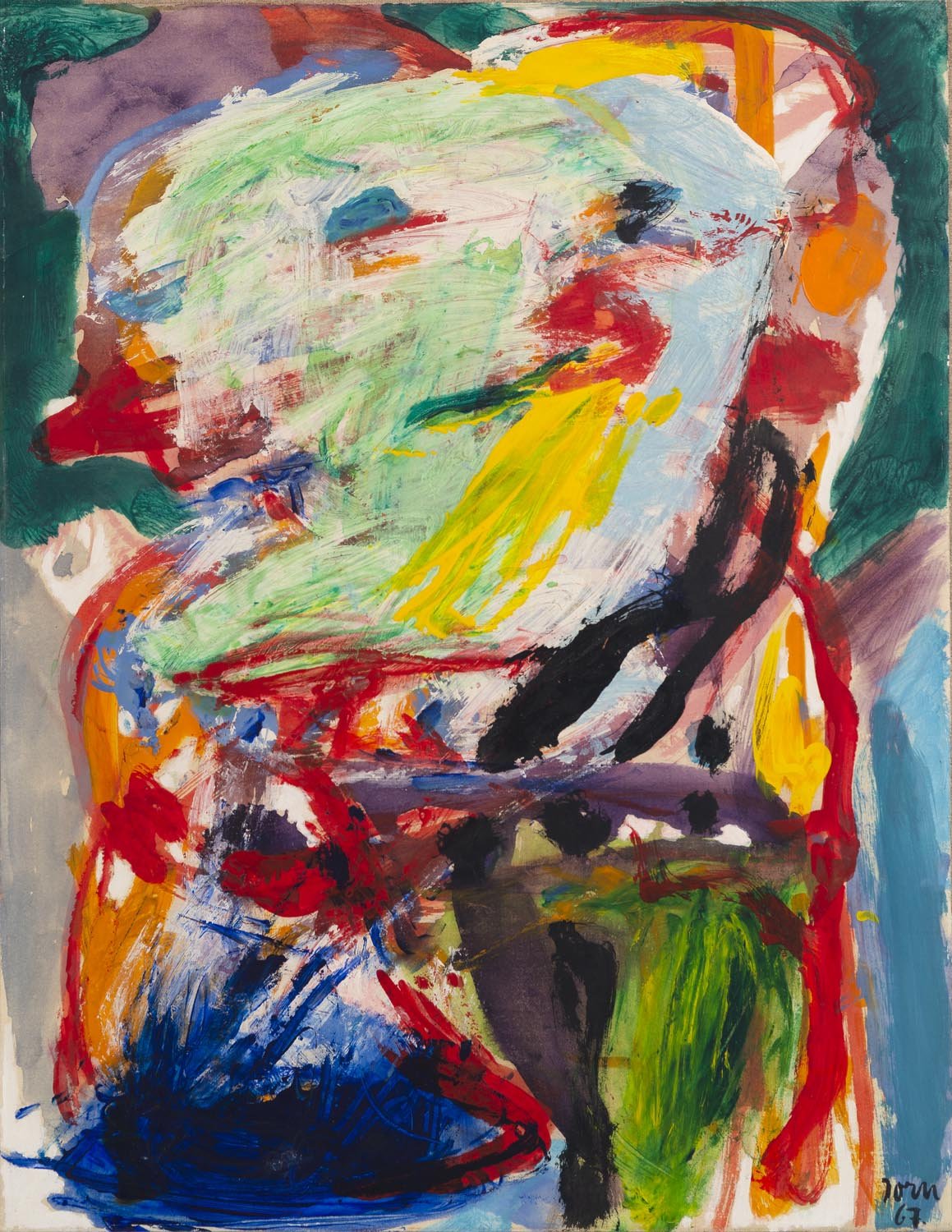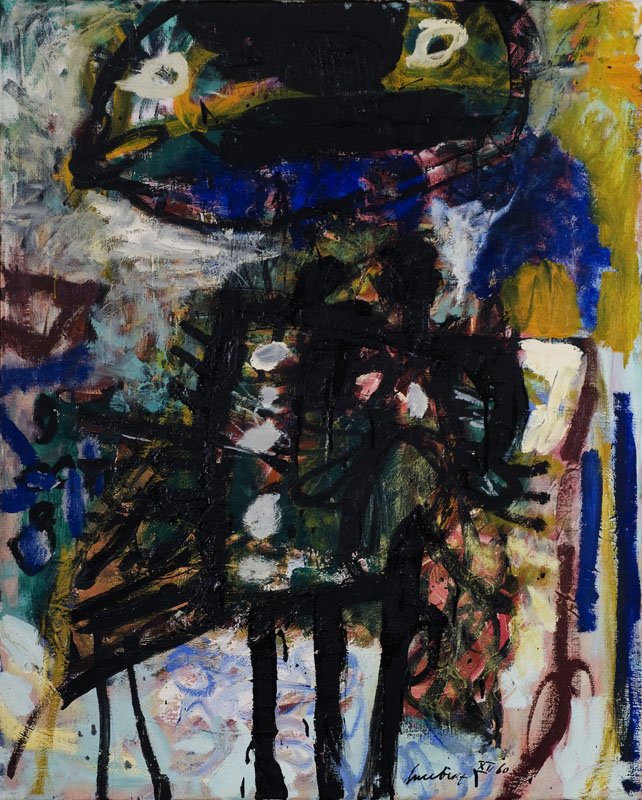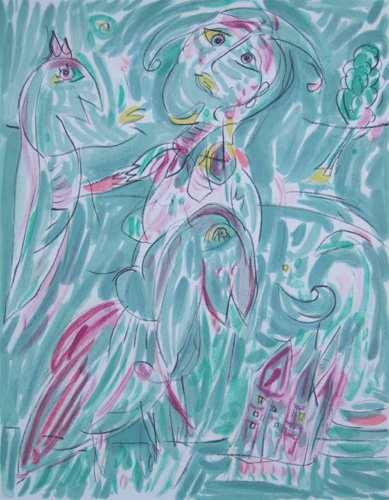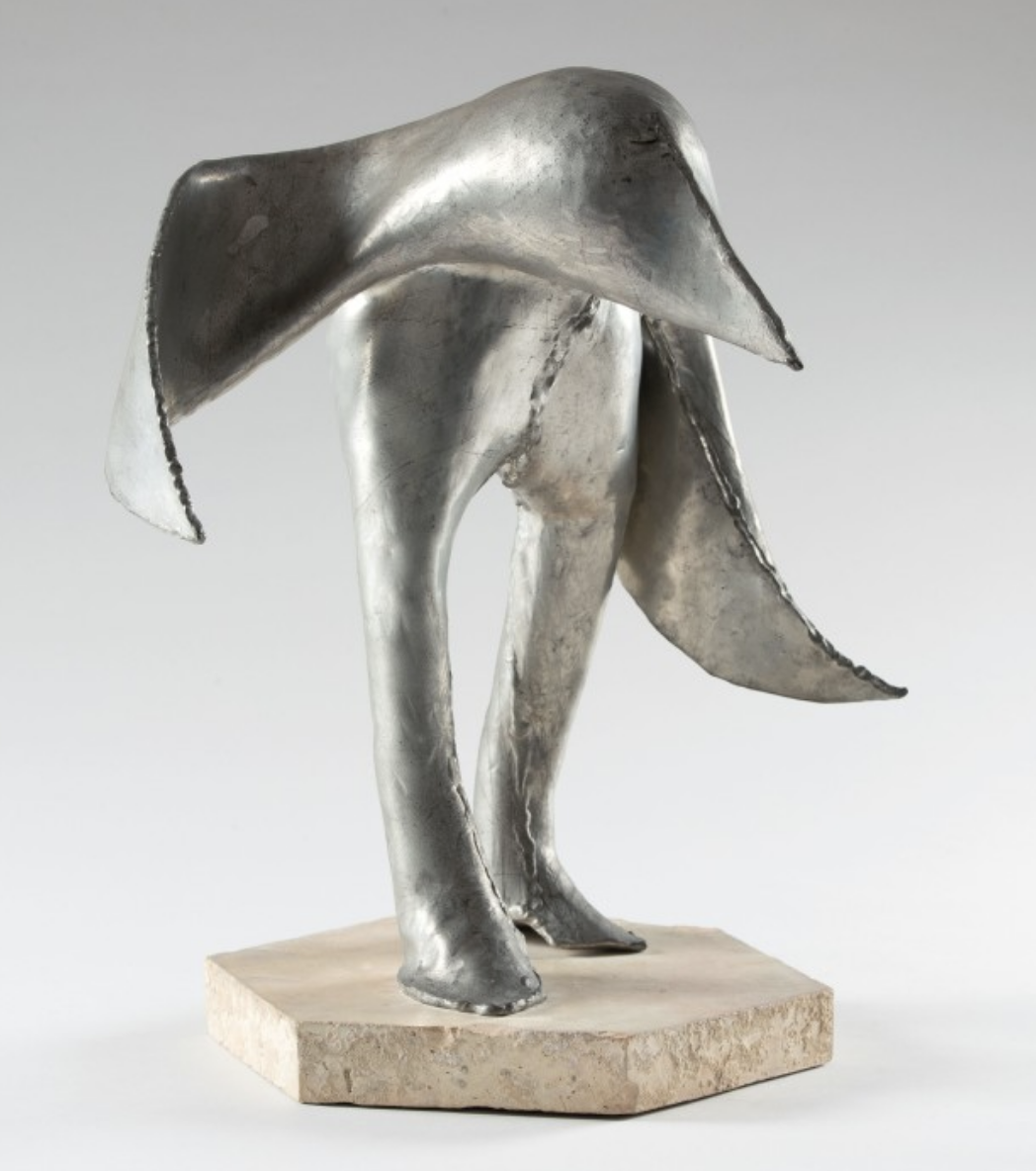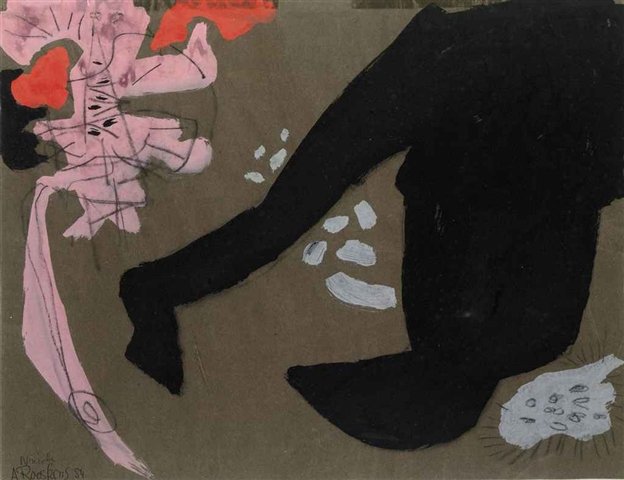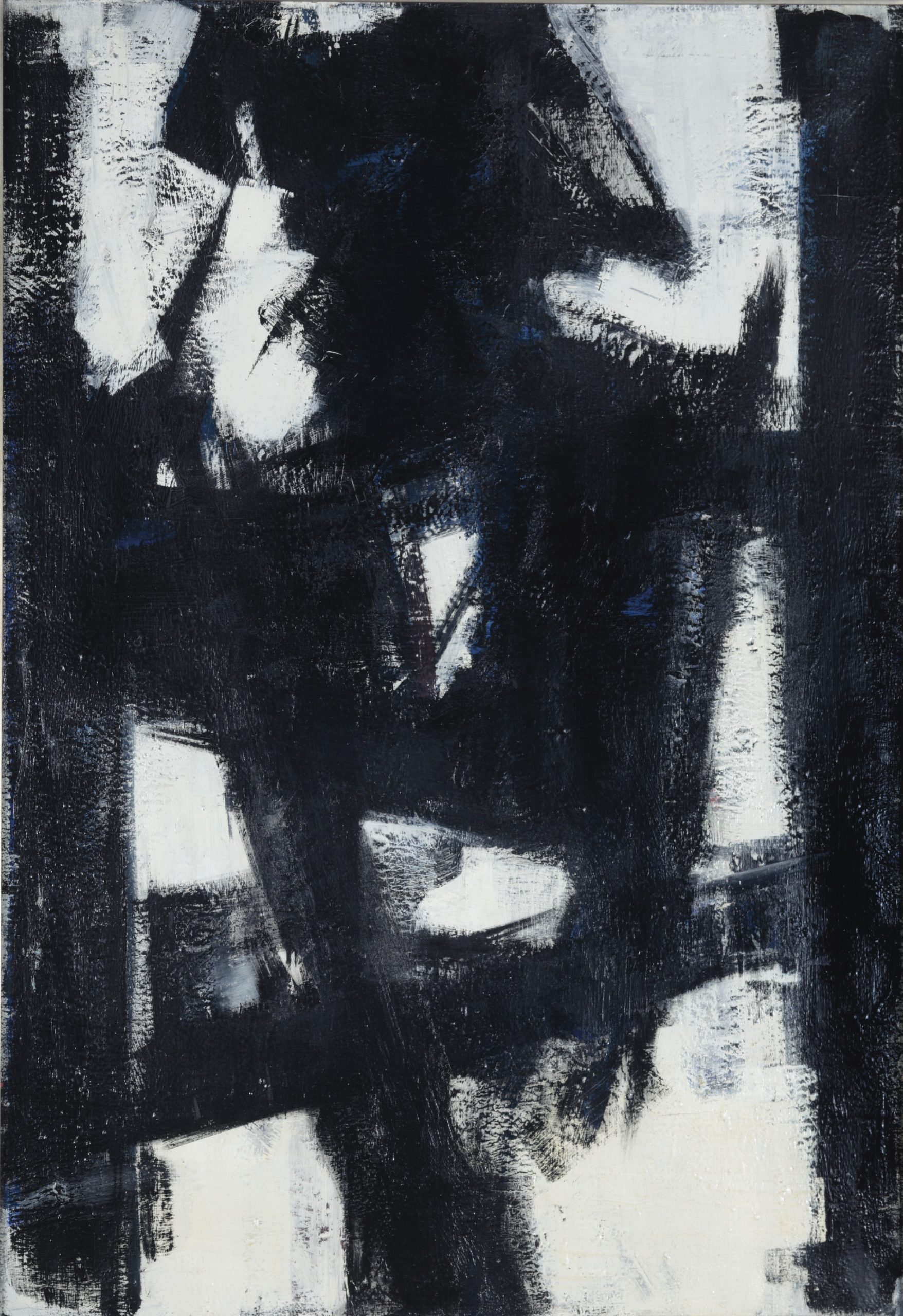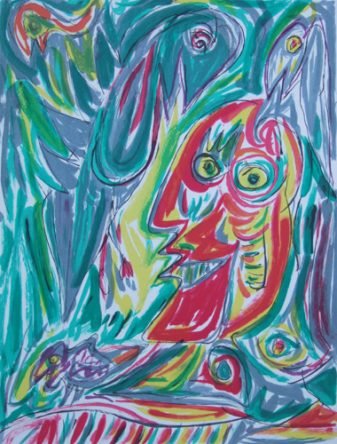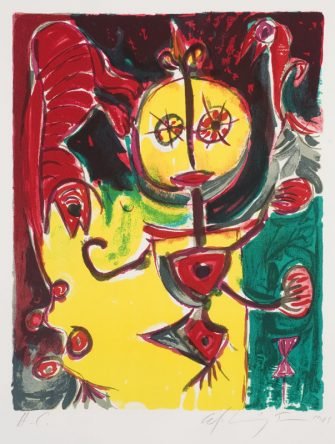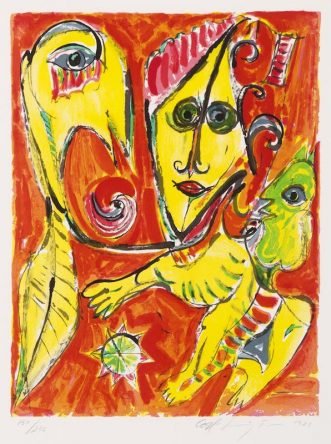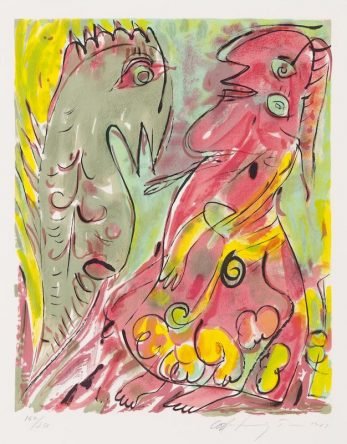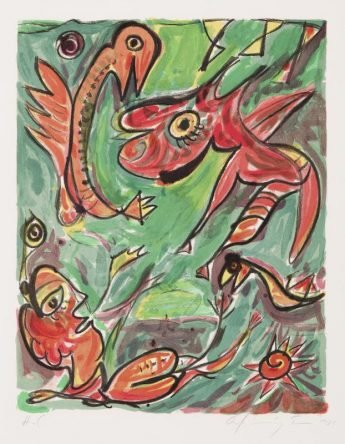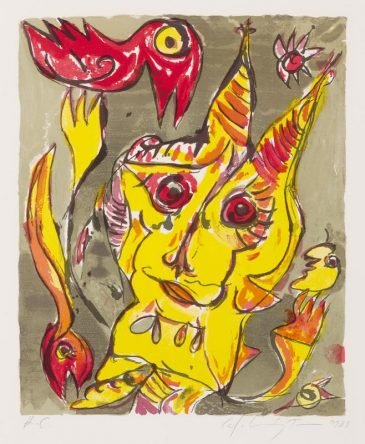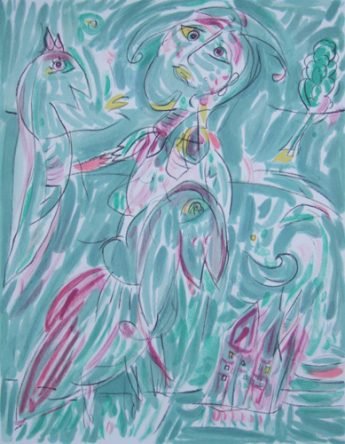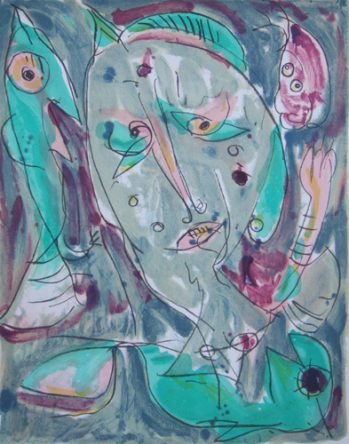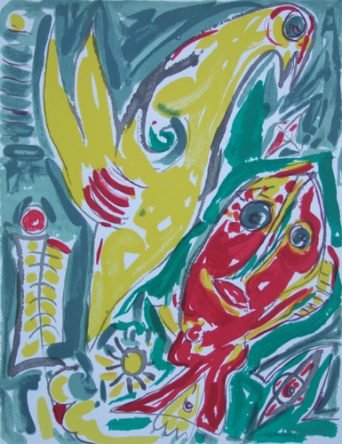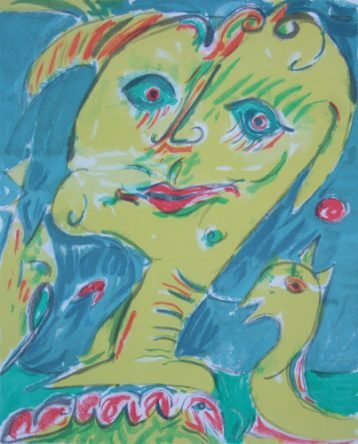A self-taught painter, Carl-Henning Pedersen embarked on his career as a visual artist in 1936, heavily influenced by Egill Jacobsen. From 1942 to 1949 Pedersen belonged to ‘Høst’ and was part of the group around the ‘Helhesten’ (Hell Horse) magazine set up by Jorn.
Like several other Danish artists Pedersen joined CoBrA, hooking up with the movement in 1948 but not becoming particularly involved with its organisation or theories. Unlike Jorn, Carl-Henning Pedersen stayed in Denmark, although he did participate in the illustrious CoBrA exhibitions in Amsterdam (1949) and Liège (1951). His works were also featured in CoBrA’s magazine. But Pedersen preferred to focus on his own work, which drew the admiration of the other CoBrA members with its simple, almost ornamental shapes and vivid, bright colours.
Pedersen’s work during the period 1949-51 reflects his fascination with children’s drawings, folk art, the medieval frescos in the village churches of Jutland and the art of pre-colonial cultures. While many of his fellow-artists only discovered their own style after the CoBrA years, Pedersen’s post-war paintings of birds and gods in white and yellow executed in dot technique, indicate he had already found his.
In 1976 a museum showcasing Pedersen’s work and that of his wife Else Alfelt opened in Herning, Denmark. Carl-Henning Pedersen continued to use dots to create special light effects and to draw his inspiration from the world of fables, depicting birds, houses, trees, suns and gods, although his use of colour gradually became more subdued. Pedersen died in 2007 at the age of 95.
